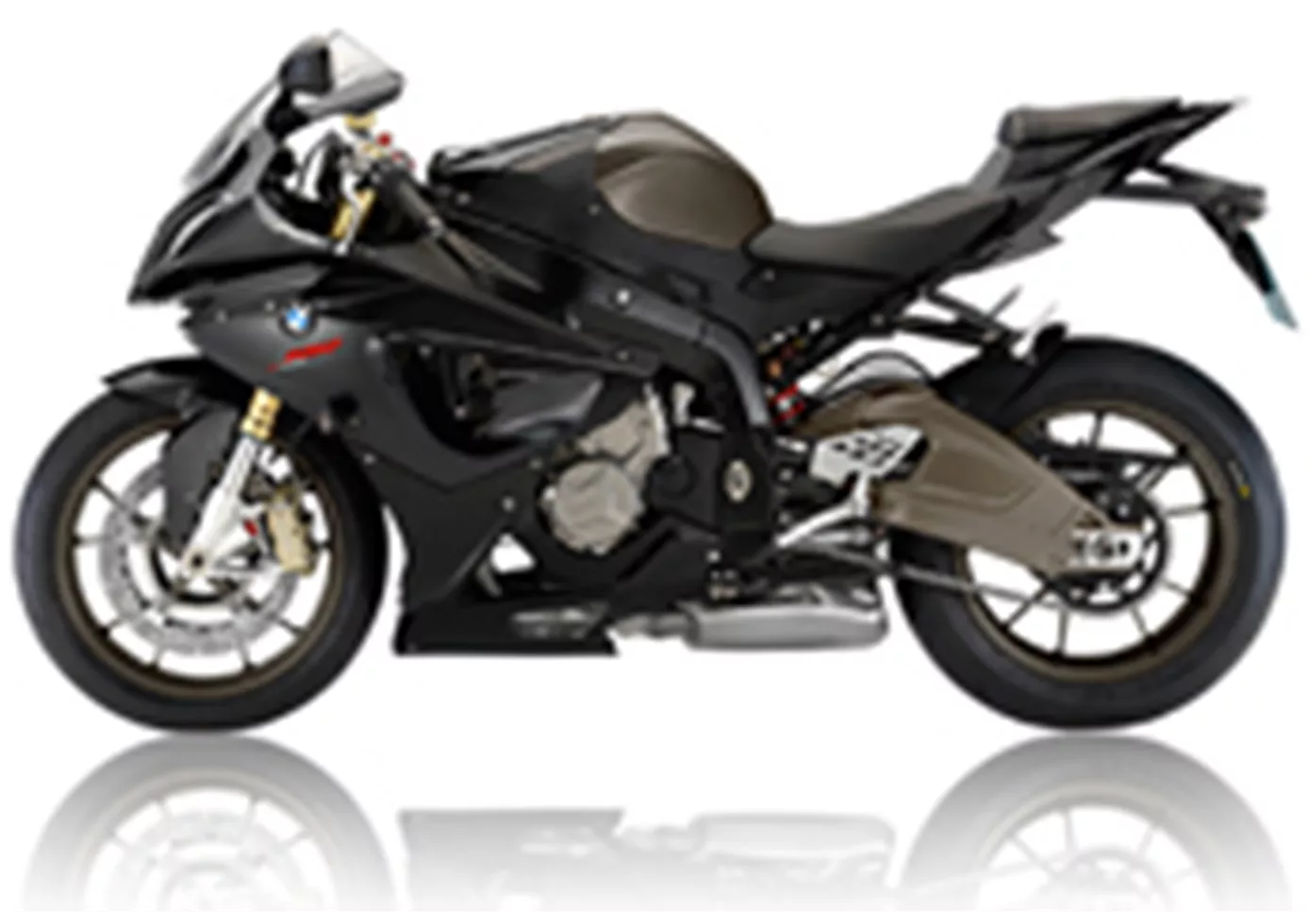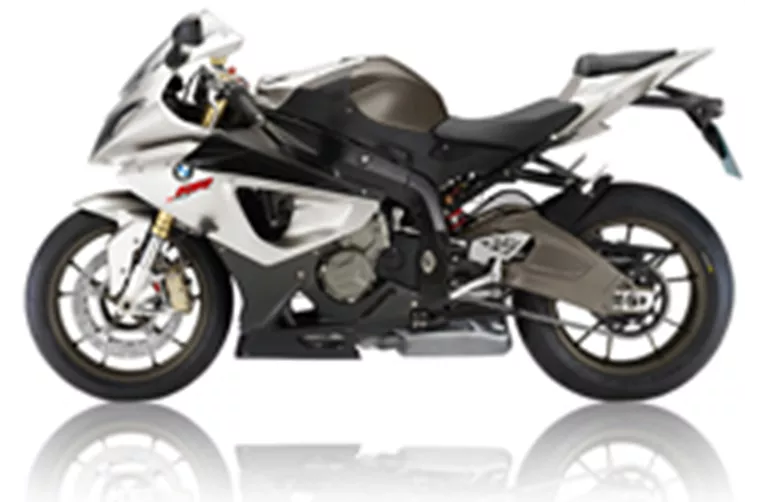BMW S 1000 RR 2010 vs. Yamaha R1 2015

BMW S 1000 RR 2010

Yamaha R1 2015
Overview - BMW S 1000 RR 2010 vs Yamaha R1 2015
The BMW S 1000 RR 2010 and the Yamaha R1 2015 are both powerful supersport motorcycles that offer impressive performance on the road. However, there are some notable differences between the two models.
In terms of engine specifications, the BMW S 1000 RR 2010 has a bore of 80 mm and a stroke of 49.7 mm, while the Yamaha R1 2015 has a slightly smaller bore of 79 mm and a stroke of 50.9 mm. The BMW S 1000 RR 2010 produces 192 HP of engine power and 112 Nm of torque, while the Yamaha R1 2015 offers a slightly higher engine power of 200 HP and 112.4 Nm of torque. Both motorcycles have a compression ratio of 13 and feature 4 cylinders with a displacement of around 1000 ccm.

BMW S 1000 RR 2010
In terms of suspension, the BMW S 1000 RR 2010 features a telescopic fork in the front, while the Yamaha R1 2015 has an upside-down telescopic fork. Both motorcycles have an aluminum frame, with the BMW S 1000 RR 2010 featuring a twin tube frame and the Yamaha R1 2015 featuring a Deltabox frame. Both motorcycles also have double disk brakes in the front and similar tire widths of 120 mm in the front and 190 mm in the rear.
In terms of dimensions and weights, the BMW S 1000 RR 2010 has a wheelbase of 1432 mm and a seat height of 820 mm. It has a kerb weight (with ABS) of 207 kg and a fuel tank capacity of 17.5 liters. On the other hand, the Yamaha R1 2015 has a slightly shorter wheelbase of 1405 mm and a higher seat height of 855 mm. It has a kerb weight (with ABS) of 199 kg and a fuel tank capacity of 17 liters.
Now, let's take a closer look at the strengths and weaknesses of each motorcycle. The BMW S 1000 RR 2010 is known for its superior performance and well-functioning driving aids. It is a very fast motorcycle and offers an optimal price for its capabilities. On the other hand, it has some weaknesses in terms of agility and complicated handling. It also lacks in terms of braking stability due to its high weight.

Yamaha R1 2015
On the other hand, the Yamaha R1 2015 has its own set of strengths. It is known for its crazy sound and rev-happy engine with a strong peak. It provides a great racing feeling in the saddle and comes with a superior electronics package. The Yamaha R1 2015 also boasts high-quality workmanship. However, it has some weaknesses as well. It experiences torque sag in the middle and lacks stability in the braking zone.
In conclusion, both the BMW S 1000 RR 2010 and the Yamaha R1 2015 are powerful supersport motorcycles with their own set of strengths and weaknesses. The BMW S 1000 RR 2010 offers superior performance and well-functioning driving aids, while the Yamaha R1 2015 provides a great racing feeling and a superior electronics package. Ultimately, the choice between the two will depend on the rider's preferences and priorities.
Technical Specifications BMW S 1000 RR 2010 compared to Yamaha R1 2015
Pros and Cons in comparison
Pros and Cons in comparison
BMW S 1000 RR 2010

We have a strict and merciless order from the boss to thank for that. There are tough performance checks before the S 1000 RR leaves the factory. At BMW, they didn't want to show their hand and risk even one disappointing test bench report finding its way into the media.
Yamaha R1 2015

The new R1 is a big hit and no longer compares to the previous model. This was considered a good country road bike and heavy investments had to be made for excursions to the race track. Now it is the other way round. The new R1 has been developed with a clear focus on the race track. The electronics package seems outstanding, technology freaks will get their money's worth. Yamaha fans have to buy it, they finally have a worthy motorbike. The R1 has slight weaknesses when braking - it becomes a little unstable here. If you want to buy a ready-made racing bike without having to work on the chassis, you'd better go for the R1M. The Öhlins electronic suspension works perfectly and has no weaknesses. For pure racetrack use, the second weakness of the R1 can easily be ironed out. The torque hole in the middle can be easily ironed out with a new mapping.
Price Comparison Avarage Market Price BMW S 1000 RR vs Yamaha R1
There are a few key differences between a BMW S 1000 RR 2010 and a Yamaha R1 2015. There are the same number of bikes of both models available on the 1000PS.de marketplace, specifically 6. It takes less time to sell a BMW S 1000 RR with 52 days compared to 76 days for a Yamaha R1. Since model year 2010 1000PS.de editors have written 135 reviews for the BMW S 1000 RR and 80 reviews for the Yamaha R1 since model year 2005. The first review for the BMW S 1000 RR was published on 4/16/2008 and now has more than 4,000 views. This compares to more than 3,900 views for the first review on Yamaha R1 published on 4/28/2003.
























